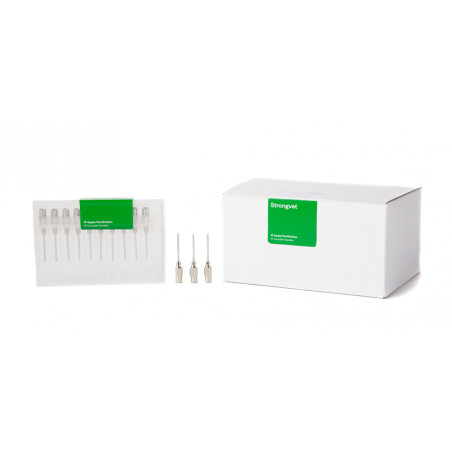From 2000 to 2007 a PRRSv eradication plan was developed successfully in Chile. Nevertheless, in October 2013 the spread of a new PRRS virus to several important Chilean pig companies was confirmed.
In this article we describe the 2000-2007 eradication plan and the disease re-break in 2013.

The 2000-2007 eradication programme
In 1999 the presence of the disease was confirmed by ELISA in different Chilean pig production areas.
The PRRSv-positive farms that started the eradication programme in 2000 were classified as monosite (12 farms) or multisite (5 farms). The isolated strain was related to the reference American strain, and it was named SAG (see the dendogram). The European strain was not found in any of the infected farms.
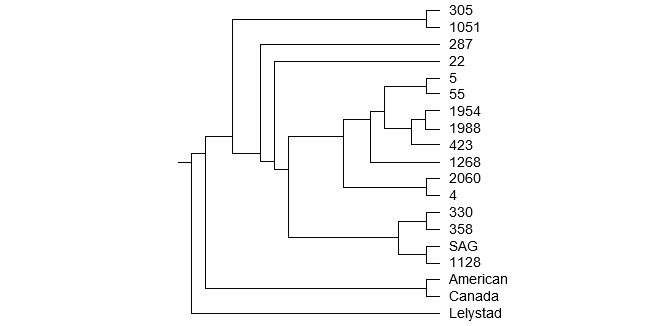
Fig. 1 Dendogram of the PRRS virus in Chile, SAG strain, year 2006.
The decision of eradicating the PRRSv in Chile in the previous and the current stage was based on the following arguments:
- Low percentage of infected farms and animals in the country (15% of the sows), and concentrated in a small area
- Genetic nucleus farms and large companies were not affected
- The disease affects the productivity of the farms
- Potential risks of the disease on:
- the rest of the pig industry due to the dissemination of the virus
- trade balances (genetics and pork exports)
- The control of the disease entails high costs for the industry and the country
- Agreement between the producers and the health authorities, collaborating in the programme financing and management
- The health authorities have had an important financial contribution for carrying out a surveillance programme on the backyard farms
Strategy of the PRRSv eradication programme
One of the key aspects of the programme was to define the strategies to follow. They were, mainly:
- PRRS is considered a notifiable disease
- A private-public agreement was reached
- The regulation and eradication was made official by the health authorities, and the Agricultural and Farming Service (SAG)
- The use of vaccines against PRRS is forbidden in Chile
- A strict biosecurity programme is implemented
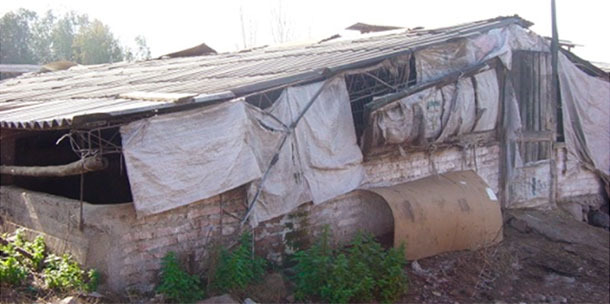
Farm without biosecurity measures
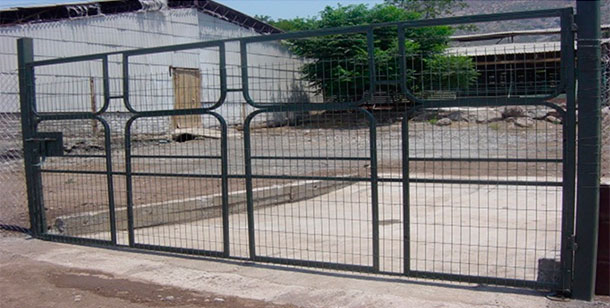

Implementation of biosecurity measures
Stages of the execution of the eradication plan (2000-2007)
It was decided to distinguish the control and eradication strategy according to the kind of farm:
Mono-site farms: total depopulation of the farms and repopulation with negative sows raised and managed on a satellite farm to shorten the period during which the infected farms were empty.
Multi-site farms: implementation of the programme described by Montserrat Torremorrell et al. (2000), which uses the following bases:
- Site 1 (or the breeding farm) must be stabilised regarding the virus circulation, so the unit is closed and no gilts enter it for 6 consecutive months at least. Approximately after this period PRRS-negative weaned piglets start to be produced.
- In sites 2 and 3 partial or total depopulations are carried out so the PRRS-negative pigs from site 1 repopulate sites 2 and 3 and thus makes the whole of the farm PRRS-negative.
Table 1. Summary of PRRS eradication procedures on multi-site farms. Source: Asprocer, 2006
| Procedure | Period | Remarks | |
| S1 | Stabilisation | 6 months | Closure of the farm |
| Sentinelisation | two 6-week periods | ||
| Replacement gilts and test | Continuous | ELISA and IFA | |
| Sentinel boars and test | Continuous | PCR semen | |
| Breeding boars and test | Continuous | PCR semen | |
| S2 | Depopulation | 1-1.5 months | Depends on S1 results |
| Cleaning and disinfection | |||
| Production break | 4-8 weeks | ||
| Repopulaton with negative pigs | ELISA | ||
| S3 | Depopulation | 1-1.5 months | Depends on S2 results |
| Cleaning and disinfection | |||
| Production break | 4-8 weeks | ||
| Repopulation with negative pigs | ELISA | ||
| Total | 11-12 months |
Results of the PRRSv eradication plan (2000-2007)
The eradication initiated in 2001 was confirmed with the culling of the last sows on a farm that was positive in 2008. Nevertheless, Chile submitted a self-statement as PRRSv-free country to the OIE in February 2013.
The evolution of the disease during the development of the programme can be seen in the following graph.
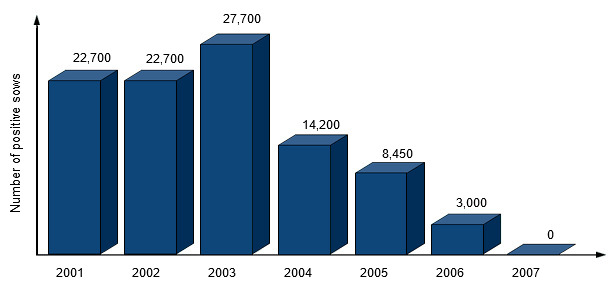
Graph 1. Evolution of the number of PRRSv-positive sows according to its piglets serum test results (ELISA PRRSv). Source: Asprocer, 2007.
.
The main risk factors for the contamination of the negative farms and for the transmission of the disease defined in this programme were:
- Location of the farm and the distance to the affected farms
- Transportation of PRRS-infected animals to sales centres or abattoirs, and contact with vehicles or people from PRRS-negative farms
- Farm staff and implementation of biosecurity measures
Reinfection and 2013 eradication plan
|
Fig. 2 Dendogram of the PRRS virus in Chile (2013) |
As of October 9th 2013, the virus was diagnosed for the first time since 2008 on a farm in the metropolitan region with ELISA and PCR, and 17,658 pigs were culled. Nevertheless, the disease was later detected on other 4 non-industrial farms with 90 pigs in the area surrounding the first outbreak, and one of them was identified as the possible contaminant of the industrial farm. This fattening farm sends pigs to livestock markets, and from there on an explosive dissemination of the infection was reported during November 2013 with the involvement of a new viral strain (see the dendogram).
In this dendogram we show the different strains isolated in the previous eradication programme (2000-2007) in yellow, and the strain isolated on the industrial farm (red) in 2013, called PRRS Maipo Chile 2013 strain. We can see that the nearest strains (green) are the strains isolated in Sonora (Mexico) in 2010, with a similarity of 96% (SAG, 2014).
This information confirms that the isolated strain has no relationship with the previous eradication programme carried out in 2000-2007.
With the current plan, we are basically working on multi-site farms that as soon as they detected the disease started a site 1 stabilisation plan in order to produce PRRS-negative piglets. Some mono-site farms were depopulated and then repopulated with PRRS-negative pigs.
All the affected farms must submit a sanitation plan to the health authorities (SAG), with periodical reports on the progress of the plan.
Results of the PRRSv eradication plan (2013- .…)
The multi-site farms that are in process of stabilisation are getting to complete the PRRS-negative PCR samples protocol in piglets 8 months after the infection. In order to speed up the stabilisation, the implementation of the McRebel protocol principles has been important, avoiding cross-fostering, the use of a same needle per each litter, avoiding the entrance of people to the farrowing quarters, etc.
Through the ASPROCER-SAG, all the companies have had access to the PADRAP questionnaire on biosecurity, which has allowed to identify the areas to be improved.
The biosecurity programmes have strengthened, especially regarding the cleaning of lorries that have something to do with abattoirs. The companies set up areas for the second cleaning of vehicles or transfer stations to avoid the contact with risk sources.
The health authorities have established a strict programme regarding the sampling to detect PRSSv quickly on all the Chilean farms. In the case of the backyard farms, they are conducted by official civil servants, and on industrial farms by private veterinarians appointed by the health authorities (SAG).
The programme underway does not have a clear end date, and that will depend on the result of the measures implemented by the pig industry and the authorities.







